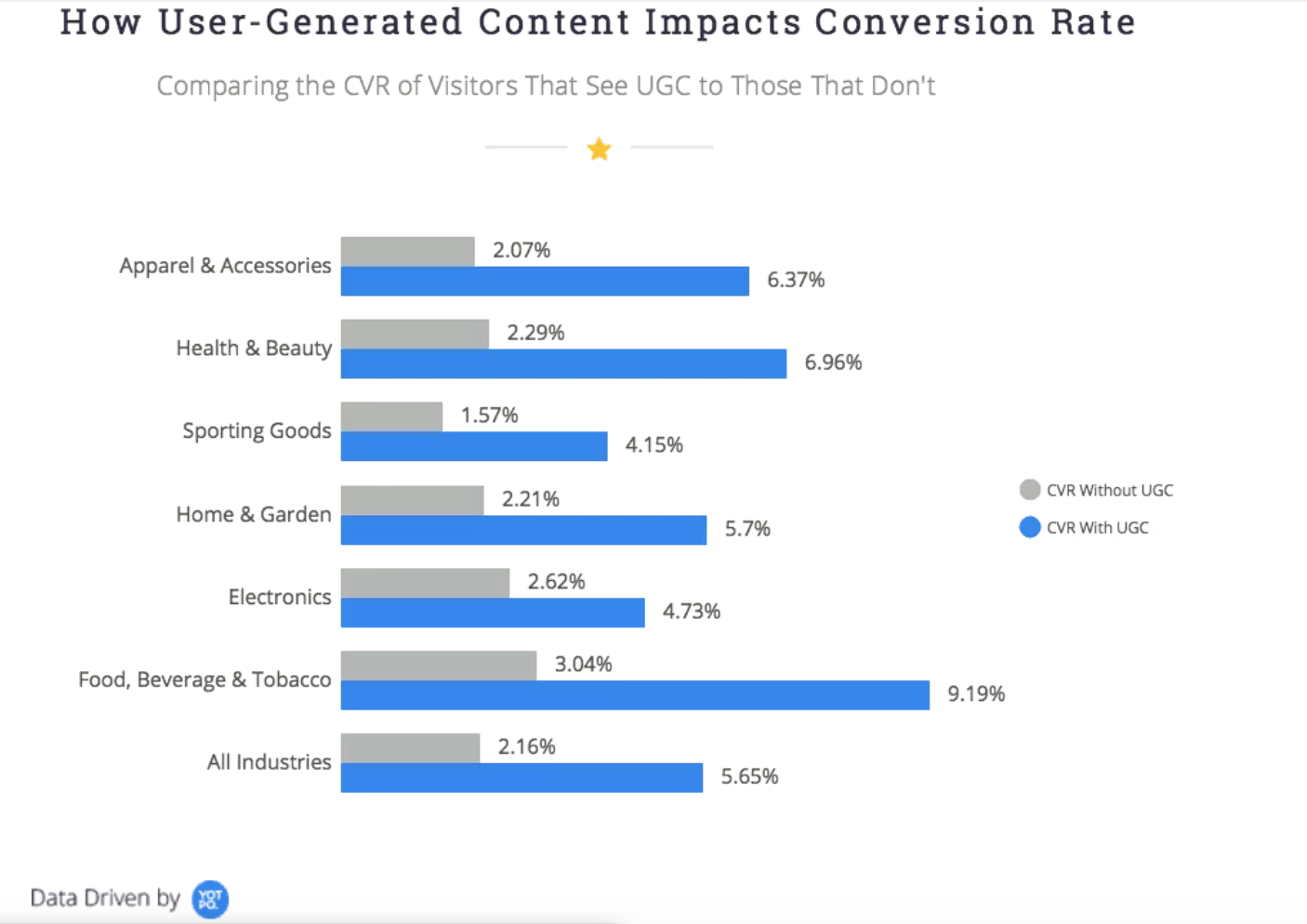Unlocking the Power of Customer Loyalty
Nurturing a loyal customer base is not just advantageous—it’s essential for sustained success.
At Onimod Global, we understand the pivotal role that customer loyalty plays in driving engagement and propelling businesses to new heights. Let’s explore some insightful strategies that can help your brand foster and maintain customer loyalty in today’s digital age.
Social Loyalty: Harnessing the Power of Social Media
Social media has emerged as a formidable force in shaping consumer behavior and influencing purchasing decisions in the digital era. Leveraging social platforms such as Facebook, Pinterest, X, LinkedIn, and Instagram can help amplify your brand’s reach and foster meaningful connections with your audience.
By crafting compelling content that resonates with your target demographic, you can encourage social sharing and spark viral marketing campaigns that drive traffic to your website. Cultivating an active presence on social media enhances brand visibility and cultivates a sense of community and belonging among your followers, fostering long-term loyalty.
Forever Loyal: Cultivating Unwavering Customer Advocacy
True brand loyalists are more than just customers—passionate advocates championing your brand at every opportunity. Cultivating a loyal customer base requires delivering exceptional value, unparalleled customer service, and consistent quality.
Brands like Amazon have a multifaceted approach that converts loyalty into membership, delivering customers a complete entertainment and shopping experience. This extensive range originates from Amazon’s skill in merging various services under a single loyalty program. It forms an ecosystem that encourages customers to spend more time on the platform, boosting the chances of additional purchases.
This initiative improves customer retention and cements Amazon as a vital aspect of its members’ everyday routines—just as any exceptional loyalty program should. By prioritizing customer satisfaction and building trust, you can cultivate a devoted customer base that remains steadfast in its support, even in the face of competing offers.
Loyalty Economics: Maximizing ROI Through Customer Retention
Acquiring new customers requires considerable time and marketing resources. However, the true measure of a company’s success lies in its ability to retain existing customers and foster long-term relationships.
Investing in loyalty and retention initiatives enhances customer satisfaction and yields a higher return on investment than constant customer acquisition efforts. By enhancing the overall customer experience and delivering personalized solutions, businesses can cultivate loyalty that translates into sustained growth and profitability.
Loyalty Database: Leveraging Data Insights for Strategic Growth
Data serves as the lifeblood of modern businesses, offering invaluable insights into consumer behavior and preferences. By leveraging data analytics to understand the behavior patterns of loyal customers, businesses can tailor their marketing strategies and offerings to meet their needs better.
A robust loyalty database enables companies to identify trends, predict future behavior, and effectively target high-value customers. By harnessing the power of data-driven insights, businesses can optimize their marketing efforts and allocate resources more efficiently, ultimately driving growth.
Determining Improvements: Continuously Evolving to Meet Customer Needs
Continuous improvement is the hallmark of a customer-centric organization. By regularly analyzing customer feedback and performance metrics, businesses can identify areas for improvement and implement strategic initiatives to enhance the overall customer experience.
Whether streamlining processes, refining product offerings, or enhancing customer service, a commitment to continuous improvement demonstrates a dedication to meeting and exceeding customer expectations. By embracing a culture of innovation and adaptability, businesses can stay ahead of the curve and retain their competitive edge in today’s dynamic marketplace.
How Onimod Global Can Help: Partnering for Digital Success
We understand that unlocking the power of customer loyalty is essential for driving engagement and achieving sustainable growth. As a full-service digital agency, we craft bespoke strategies tailored to meet clients’ unique needs and objectives. From social media marketing and content creation to data analytics and customer retention initiatives, our digital marketer team is dedicated to helping your business thrive in the digital landscape.
Final Thoughts
Cultivating customer loyalty is not just a marketing strategy—it’s a mindset that permeates every aspect of your business by prioritizing customer satisfaction, delivering exceptional value, and leveraging data-driven insights.
At Onimod Global, we’re passionate about helping businesses unlock the full potential of their digital presence and cultivate lasting relationships with their customers. Contact us today to learn how we can help you drive engagement, enhance loyalty, and achieve digital success.


